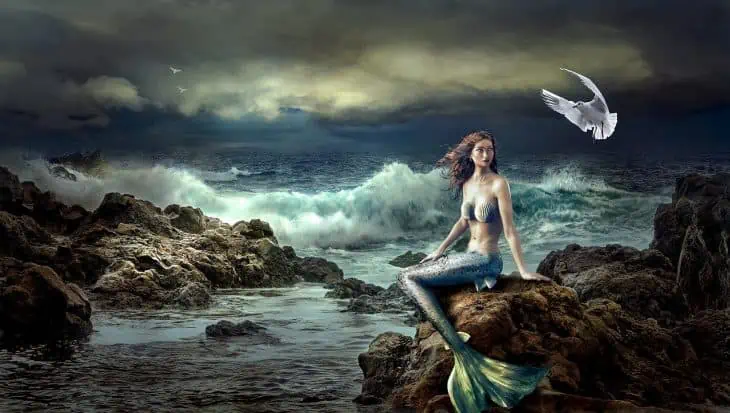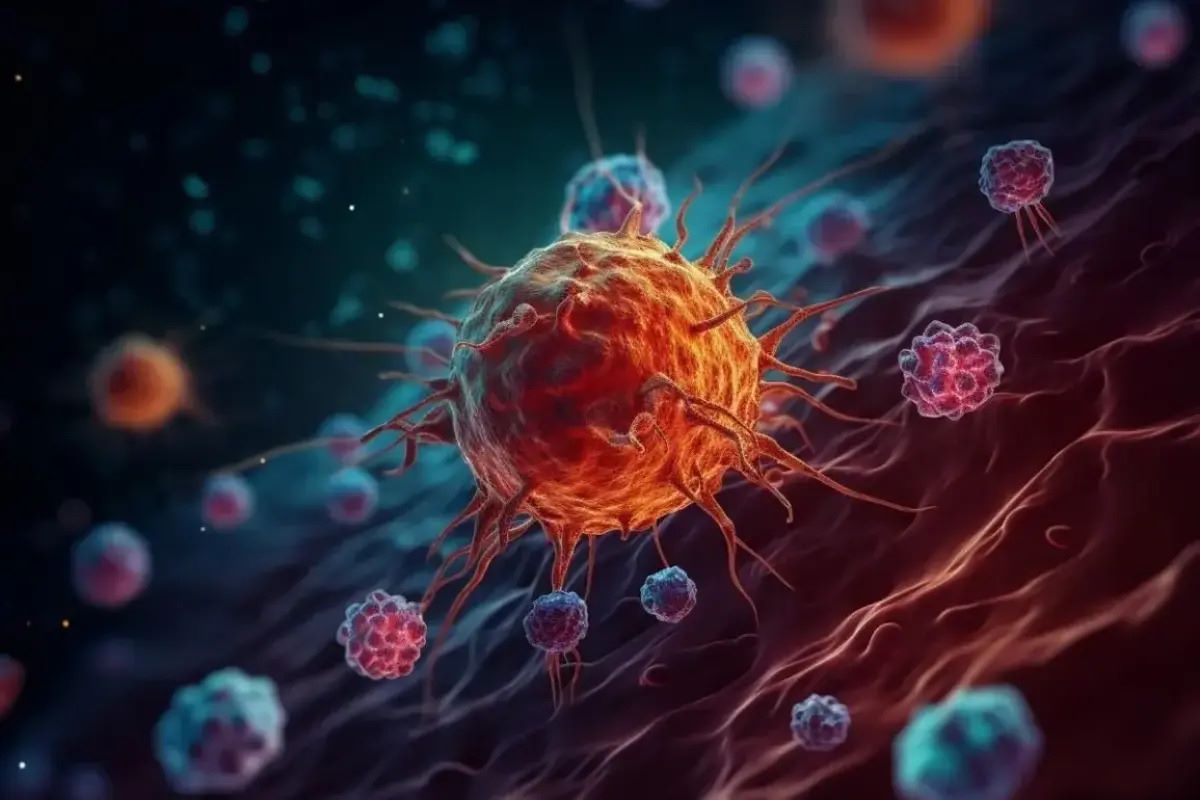
According to the World Atlas, 95% of the ocean floor remains undiscovered. Historically, mermaid sightings either are made by mistake or hoaxes created by man. The fish-tailed half-human creature continues to fascinate people all over the world. Some took their mermaid fascination to another level: by being a professional mermaid themselves! Did you know that the explorer Christopher Columbus mistook a manatee for a mermaid? Funnily enough, notorious pirate Blackbeard did all he could to avoid a mermaid encounter. Let’s dive deep into these 60 mystical mermaid facts!
- Ancient Syria recorded Atargatis as the earliest recorded mermaid in 1000 BC.
- There are four types of mermaids: traditional, Selkies, shape-shifters, and the Merfolk.
- They also possess four main powers: immortality, telepathy, hypnosis, and clairvoyance.
- Mermen came 7,000 years before Atagartis.
- The latest mermaid sighting happened in Israel in 2009.
- The term came from Old English words mere (of the sea) and maid (woman).
- A mermaid is female, while a merman is male.
- They are incredible beauties.
- Mermaids symbolize sin and seduction in the Middle Ages.
- Some cultures consider mermaids as bad omens.
- Merfolks are the best singers among the mermaids.
- A mermaid’s kiss can grant a man the ability to breathe underwater.
- Almost every continent has a version of its mermaid.
- A mermaid’s tail changes color depending on its mood.
- Mermaid sightings are usually just swimming manatees.
- The Starbucks logo features a two-tailed mermaid.
- Scandinavian mermaid myths inspired Hans Christian Andersen to write The Little Mermaid.
- The 2011 movie Pirates of the Caribbean: On Stranger Tides featured a realistic presentation of a mermaid.
- Mermaid: The Body Found documentary in 2012 renewed interest in mythological creatures.
- The Disney mermaid movie The Little Mermaid premiered in 1989.
Was this page helpful?
Our commitment to delivering trustworthy and engaging content is at the heart of what we do. Each fact on our site is contributed by real users like you, bringing a wealth of diverse insights and information. To ensure the highest standards of accuracy and reliability, our dedicated editors meticulously review each submission. This process guarantees that the facts we share are not only fascinating but also credible. Trust in our commitment to quality and authenticity as you explore and learn with us.


